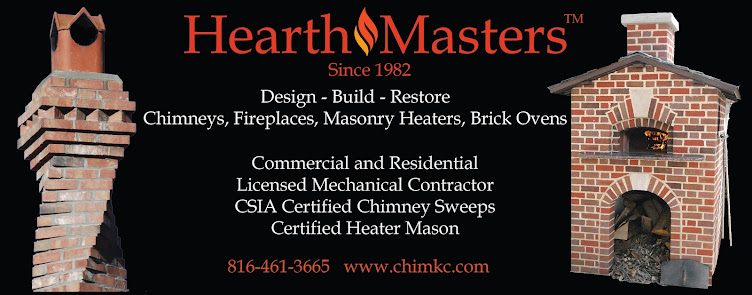I was first introduced to Tandoor ovens during a trip to the U.K. in 2005 with my husband, Gene, and Martin Glynn, a chimney sweep and friend who lives near London. Martin took us to an
Indian restaurant and were so impressed with the food we asked what type of oven they used. The surprised waiter was more than happy to take me back to the kitchen where I got to see the oven at work with hot coals in the bottom of a clay oven and meat cooking inside. A few years later we watched a Tandoor oven being built out of firebrick at a Masonry Heater Association workshop. It was at that point I decided that we needed to have our own Tandoor oven in our back yard –something I’m still trying to convince Gene to build.
 |
| Flatbread from a Tandoor |
Tandoor ovens are more commonly used in India, some regions of central Asia, and Arabic countries, but are becoming more popular in the U.S. and U.K. Unlike traditional ovens with a door on the front, Tandoor ovens are cylindrical or egg-shaped with the opening at the top.
Food is normally placed on long skewers, which are then placed inside the oven for cooking.
Traditional flatbread is cooked on the sides of a tandoor– the cook shapes the dough, then throws it on the side of the oven where it sticks and cooks.
Tandoors are usually made out of bricks or clay and fueled with wood

Tandoor factory
One of the most popular dishes prepared is Tandoori Chicken. This excellent dish is chicken roasted with yogurt and spices. The chicken is first marinated in yogurt and honey and seasoned with tandoori masala spice mixture which contains red chili powder, cayenne pepper, turmeric, and paprika. The spice combinations give the chicken its bright red color. This dish is reported to have been invented in 1947 by Kundan Lai Gujral, a restaurant owner in Delhi. Tandoori chicken is also used as a base ingredient in Indian curries and traditionally served
If the Tandoor bug has bitten you, there are ovens available for purchase (check the internet) or build one yourself. I found some plans that don’t look too difficult on instructables.com and lifehacker.com, and even some videos on You Tube. The idea is too have heat coming from all sides so the food cooks fast and evenly.
 |
| Chicken cooking in a Tandoor oven |
DIY projects are constructed using a metal trash can (no galvanized) or large terra cotta pot with a smaller terra cotta pot inside of it with vermiculite insulation poured between the two pots. Some builders even use firebrick at the base.
These ovens are not as heavy duty as the commercial ovens, but according to the builders/cooks they work fine for home use
______________________
Marge Padgitt is the president of HearthMasters, Inc. and the author of Wood-Fired Heating and Cooking, available at Amazon.






